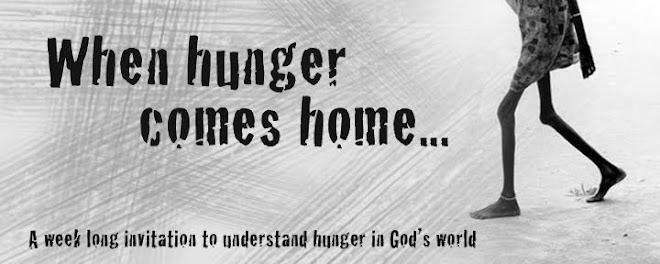Most of the shacks did not have running water or electricity. In some cases people went on open spaces to “relieve themselves,” as I was told. There were a few locked toilets stalls to which people had to carry water from a well. Most of the people there didn’t have proper employment and there was a lot of crime. Children and dogs were playing in big amounts of trash that was accumulating along the roads. In some areas, people took electricity from larger lines and made smaller lines to their houses in what looked like “spider webs.” There were some nice looking schools, but how can children practice at home what they learn, e.g., about hygiene, if they live in such conditions? I felt privileged that locals took me there to see how a majority of people in the world live, but also burdened by what to do.
Submitted by: Carmen Aldinger
